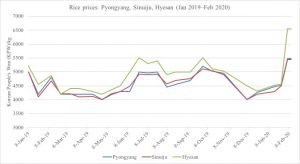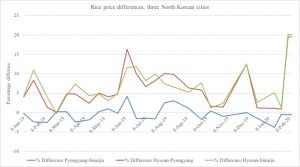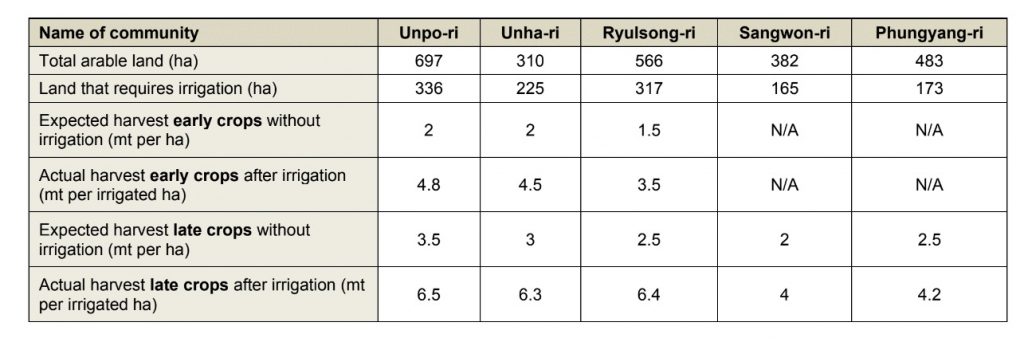By: Benjamin Katzeff Silberstein
Daily NK has reported on the travel restrictions inside the county before, as this blog has covered here and here. This recent report goes into greater detail:
“The No. 2 departments in local Ministry of People’s Security [MPS] offices are placing further restrictions on the issuing of travel documents, and the authorities are cracking down on vans shuttling people around for money,” a Kangwon Province-based source told Daily NK today.
“No. 10 sentry posts [managed by the Ministry of State Security, or MSS] are cracking down on buses and other vehicles moving people. Even local police stations have setup temporary checkpoints to conduct crack downs on vehicles transporting people,” the source added.
It seems like we’re not talking about a blanket ban on travel across provincial borders per se. Rather, the state is banning and heavily restricting certain forms of transportation, especially unauthorized kinds (which otherwise are often tacitly tolerated, not least through institutionalized bribery). This, too, impacts market trade since the transportation sector is crucial to shuttling goods around the country.
The authorities are thoroughly preventing any vehicles or people from transiting from the border region to the interior of the country and the other way around, sources told Daily NK.
Sources said that anyone who has entered the country from abroad but doesn’t have a document certifying they have been tested for the coronavirus are restricted from travelling. Merchants without proper travel documentation are also reportedly being targeted by the authorities. Even work units involved in construction projects are being restricted from moving around, sources said.
[…]
No. 2 departments in local MPS offices are restricting the issuance of travel documents to everyone unless they are on government orders, Daily NK sources further reported.
Even factory officials who need to travel to other places of the country to collect raw materials have been told to wait until “later” (after the COVID-19 crisis passes over), sources said.
The authorities are also carefully checking container trucks and the baggage compartments of buses for people hitching a ride in these hidden spaces, they added.
There are gaps, however, in the lock down on travel that the authorities are trying to implement.
“Some vehicles, including taxis, are cleverly selecting routes to avoid checkpoints,” the Kangwon Province-based source said.
“People are wearing masks just to avoid getting stopped by the authorities,” he added.
The border regions are of course especially targeted. The state knows it cannot fully close the border shut and thus needs internal controls to be forceful. The mention of certification of testing is interesting and implies that there are ways individuals can take action to test themselves. Perhaps it refers to the medical test teams reportedly dispatched to the border to China.
“There are a lot of ‘storm troopers’ in Kangwon Province who hail from all over the country, which means there’s a lot of people moving around,” the Kangwon Province-based source said. “The authorities can’t completely shutdown the province from the outside because the shock troops need to move supplies into the area for construction projects, but they are setting up multiple check points to block as much traffic as they can.”
The state still needs to continue running its daily affairs, and it’s unclear to what extent construction projects and other things that may be hampered by internal controls have been put on hold. This must be a bureaucratic nightmare to coordinate and often, one hand of the state doesn’t know what the other is doing.
Article source: Kang Mi Jin, “N. Korea further strengthens restrictions on domestic travel,” Daily NK, 27 February 2020, accessed 28 February, 2020.



